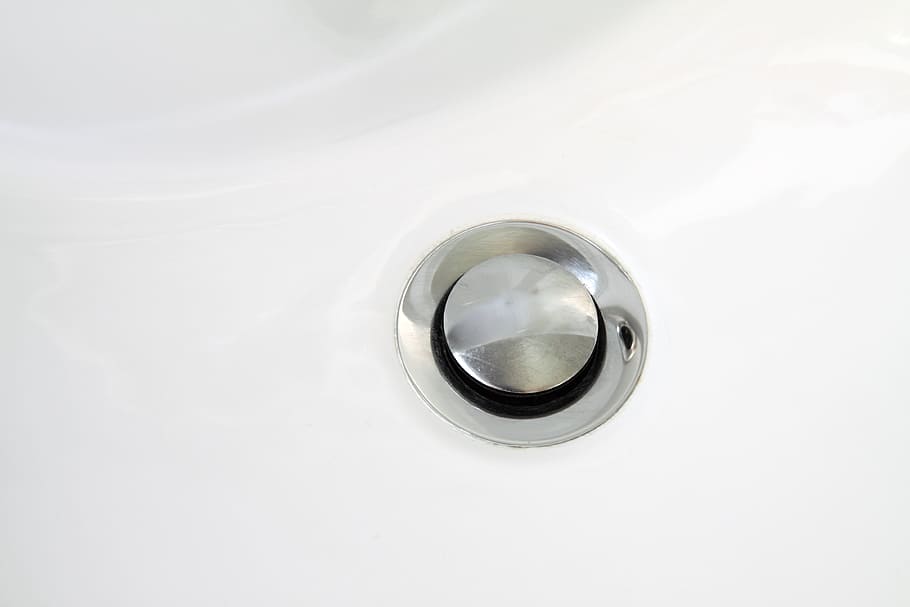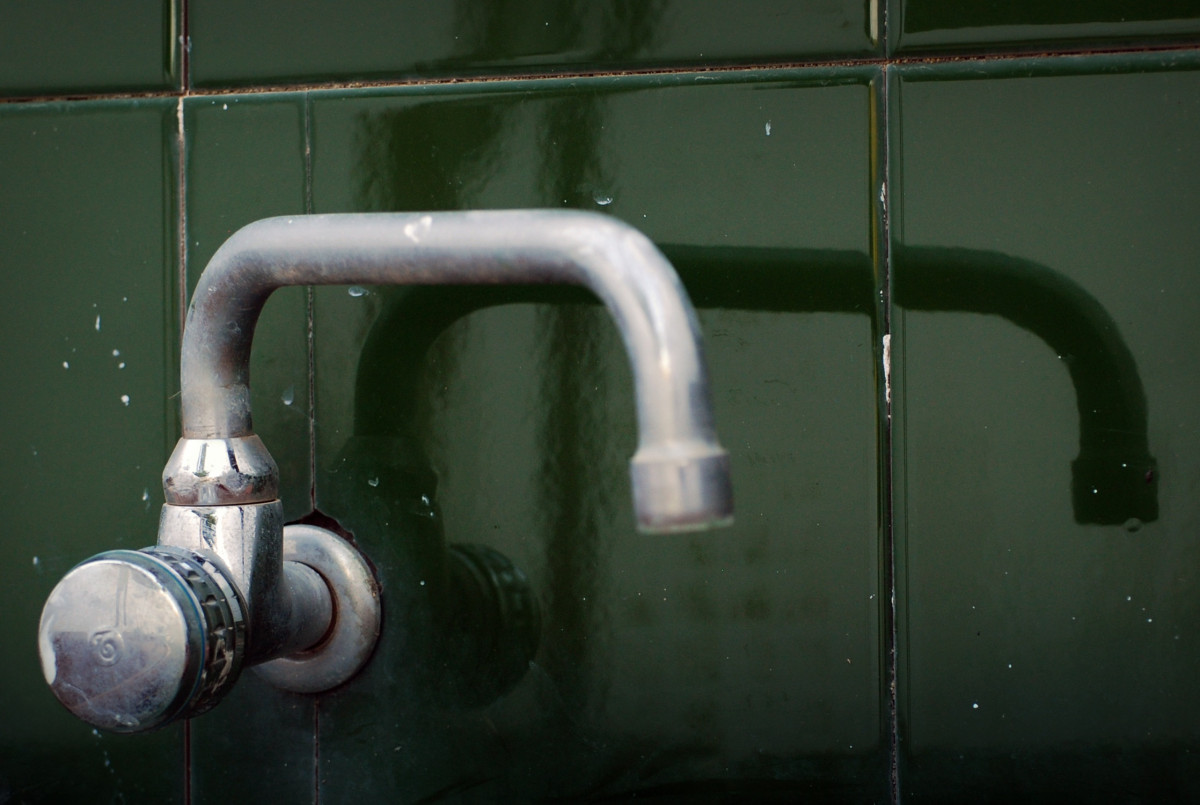
Hard or soft water, scaling or corrosive, we sometimes get lost in certain characteristics related to dissolved limestone and scale. If one is good for your health, the other is a nuisance. White marks on dishes, hard-to-feel laundry, soaps that don’t lather, and skin that pulls and dries. Who should be blamed for limescale, and who for limescale? What is the difference between the two? Should they be eliminated, and how can they be limited?
What is limescale?
68% of the water distributed by the distribution network comes from underground sources pumped from the water table. Before reaching the water table, while it remains underground, the water is loaded with minerals that it dissolves. Calcium and magnesium are the main minerals present in the water supply. The excess of this calcium mainly gives the water its hardness.
Hard water is defined as water with a water content of more than 30°F, meaning it is very high in calcium and very (or even too) hard water above 40°F.
The limestone that the water carries solidifies when the water is at rest (in the pipes and in the household appliances and dishes) and when it is partially evaporated by resistances (coffee maker, kettle, washing machine, dishwasher…). The limestone and the deposited minerals are at the origin of the dissolved rocks. As soon as these minerals are deposited, they reform the rock from which they originate. This crumbly but dense rock is what we call tartar.
Good to know: water hardness is measured in degrees (°F). One degree corresponds to 10 milligrams of calcium and carbonates (CaCO3) per liter of water (mg/l). This hardness is a function of the hydrotimetric titer (TH), which is the mineral content (calcium and magnesium), and the alkalimetric titer (TA), which is the carbonate and bicarbonate content mainly.
Limescale: friend or enemy?

Humans and animals need minerals in their diet. Water (for drinking and cooking) is an essential vector of this beneficial mineral intake, including calcium and magnesium. As such, calcium in water is desirable to some extent. And if it is pleasant for the skin and efficient for cleaning and laundry, consuming water that does not provide its quota of minerals is harmful to health.
For example: in the quality limits of the chemical and organoleptic parameters that the water of the drinking water distribution network must ensure, it is specified that the water must be in balance or slightly incrusting (water that is rather scaling than aggressive).
While the presence of limescale in water is desirable and even recommended, limescale, which results from a too high concentration of limescale, is a disadvantage. Limescale, which can be seen as a whitish residue on the bottom of jugs and kitchen utensils, is deposited in much less visible places: our pipes and taps, the heating elements and tanks of washing machines, our sanitary and kitchen drains, and everywhere where water stagnates and evaporates.
Limescale removal
Before considering either solution, it is imperative to keep in mind that the presence of limescale in water is necessary and that its limescale can be reduced, neutralized, or eliminated.
Some solutions consist of either lowering, removing, or neutralizing the scale.
Lowering
The level of limescale in the water can be lowered to limit the limescale deposit. This is the role of water softeners that remove some of the lime and carbonate content from the water. These softeners are adjusted so the distributed water has a TH of 10 and 20°F, corresponding to the comfort zone and “drinkability”.
Remove
Removing all minerals from the water, including limescale and pollutants, is also possible. This is the role of nanofiltration and reverse osmosis, but the water must be remineralized before it can be consumed or distributed domestically.
Neutralize
Finally, one can consider neutralizing the scale deposit without lowering the scale level in the water. This is the task of anti-scale products that polarize or magnetize the minerals in the water and sometimes in the pipes so that the scale does not settle but remains in suspension.
Good to know: the carafe filter only filters the water but retains much of the limescale it contains. Using a carafe filter can limit the scaling of kitchen utensils (kettles, coffee makers…) to ensure a longer life and reduce maintenance.
Tip: the unsightly layer of scale in dishes is also a nest of bacteria that develops odors and a musty taste. Washing these utensils with white vinegar will remove the scale clinging to the dishes.
